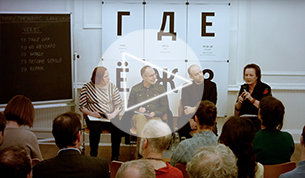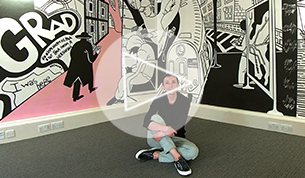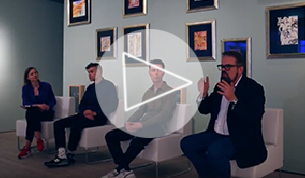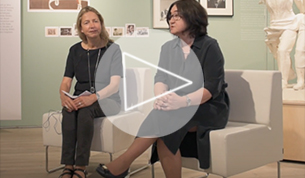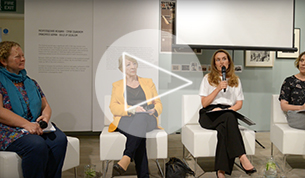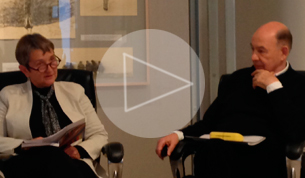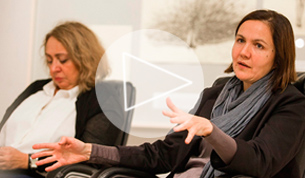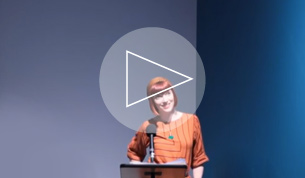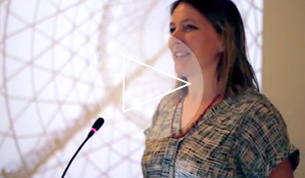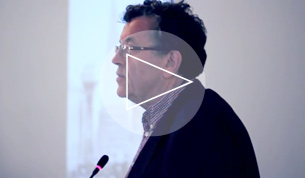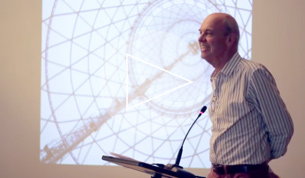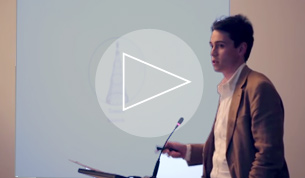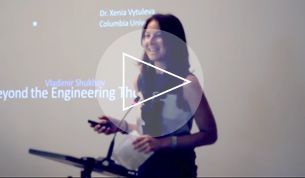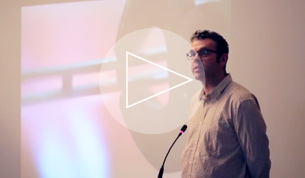Watch
Mother Tongue
Apparition of the Last Soviet Artist in London
ShadowMemory x Art Night Open
Postponed Futures
Superwoman: ‘Work, Build and Don’t Whine'
Unexpected Eisenstein
-
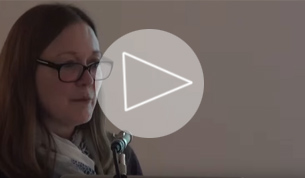 Rachel Morley:
Rachel Morley:
Russian Cinema before 1917 -
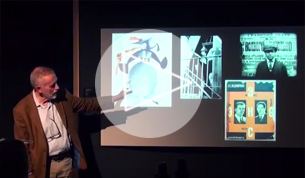 Ian Christie:
Ian Christie:
Besides Eisenstein: Protazanov, Barnet and the new Soviet cinema of the 1920s -
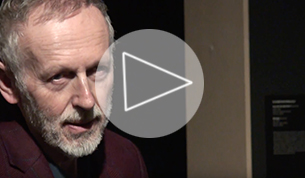 Ian Christie:
Ian Christie:
Maxim and co: creating the new heroes and heroines of the 1930s -
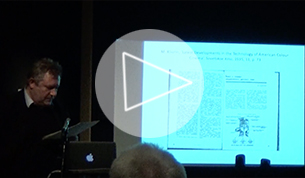 Phil Cavendish:
Phil Cavendish:
Soviet Colour Film, 1929-1945: An Experiment Understood by Very Few -
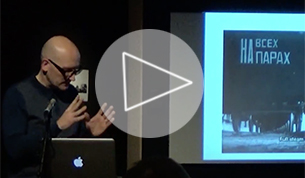 Jeremy Hicks:
Jeremy Hicks:
Meaningful Martyrdom — Death, Revolution and Victory from Lenin to the Reichstag, 1924–45 -
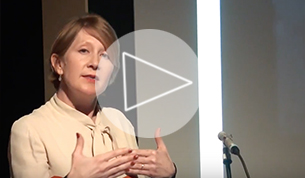 Emma Widdis:
Emma Widdis:
Film and the Making of the New Soviet Person: Bodies, Minds and Feelings -
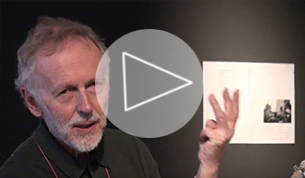 Ian Christie:
Ian Christie:
Hopes and fears: the Soviet New Wave of the 1960s -
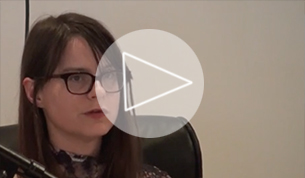 Carmen Gray:
Carmen Gray:
Andrei Tarkovsky: The Citizen Poet and the State -
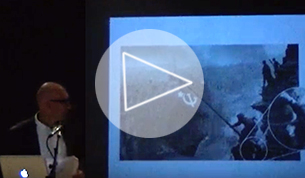 Jeremy Hicks:
Jeremy Hicks:
Reusing War Footage in Russian and Soviet Films, 1945–2015
Peripheral Visions
A Game in Hell. The Great War in Russia
-
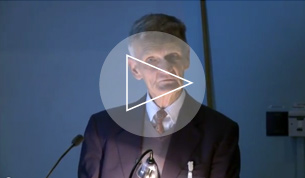 John E. Bowlt:
John E. Bowlt:
Introductory remarks -
 Elena Sudakova:
Elena Sudakova:
'Forgotten Heroes of the Great War' -
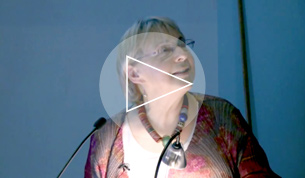 Christina Lodder:
Christina Lodder:
'A Painting Fit for Heroes: Kazimir Malevich's Reservist of the First Division' -
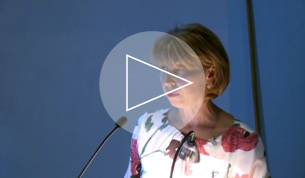 Natalia Budanova:
Natalia Budanova:
'Who Needs the Art Now?': Russian Women Artists Representing the Great War' -
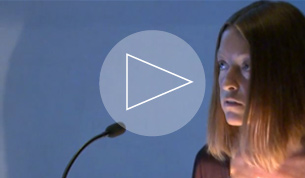 Valentina Parisi:
Valentina Parisi:
'Russian Avant-Garde Circles and the Literary Response to the Great War'
Work and Play Behind the Iron Curtain
The Shabolovka Tower Model
Kino/Film: Soviet Posters of the Silent Screen
-
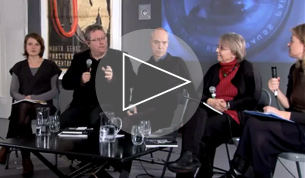 Curators and Special Guests:
Curators and Special Guests:
Panel Discussion with Exhibition -
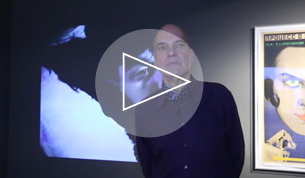 Lutz Becker:
Lutz Becker:
Curator talks: Chess Fever and The Three Million Case -
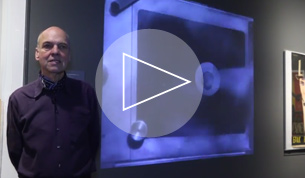 Lutz Becker:
Lutz Becker:
Curator talks: Man with a Movie Camera -
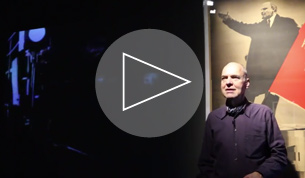 Lutz Becker:
Lutz Becker:
Curator talks: October -
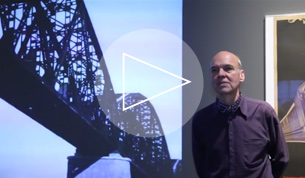 Lutz Becker:
Lutz Becker:
Curator talks: Storm Over Asia and Turksib -
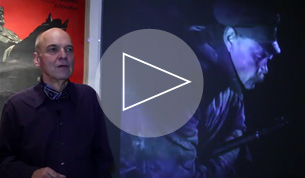 Lutz Becker:
Lutz Becker:
Curator talks: The End of St Petersburg -
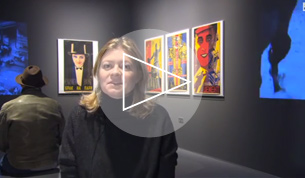 Elena Sudakova:
Elena Sudakova:
Soviet Posters of the Silent Screen
Utopia LTD
-
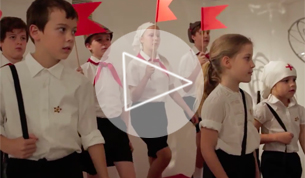 'Inside the Rainbow' Performance:
'Inside the Rainbow' Performance:
Directed by Irina Brown -
 Professor John Milner:
Professor John Milner:
Seminar: 'Re-Constructivism' -
 Willem Jan Renders:
Willem Jan Renders:
Seminar: 'After Lissitzky: Reconstructions at the Van Abbemuseum' -
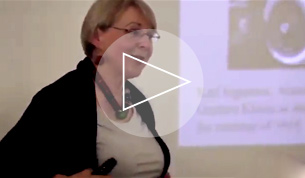 Christina Lodder:
Christina Lodder:
Seminar: 'Gustav Klucis: Transmitting Utopia' -
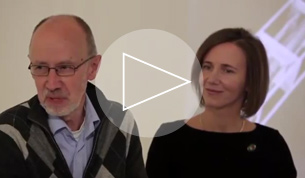 Aleksandr Shklyaruk:
Aleksandr Shklyaruk:
Seminar: 'Klucis and the Materialisation of a Futurist Idea' -
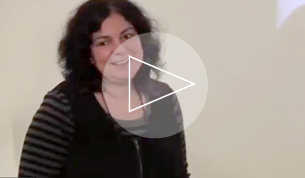 Dr. Maria Tsantsanoglou:
Dr. Maria Tsantsanoglou:
Seminar: 'Tatlin's Legend'
Listen
Superwoman: ‘Work, Build and Don’t Whine'
Unexpected Eisenstein
Bolt
A Game in Hell. The Great War in Russia
Read
Grigorii Borisov
(1899–1942)
Grigorii Borisov was an artist and poster designer. Born in Moscow, he studied at the Stroganov School of Arts, and then at SVOMAS starting from 1918. From 1919 to 1921 he was a member of OBMOKhU and exhibited with the society in 1920. In 1921 he participated in the World of Art group exhibition in Moscow. In 1924 he graduated from SVOMAS, by now known as VKhUTEMAS.
After the establishment of the advertising division of Goskino (later Sovkino), the organisation responsible for the production and distribution of films in the Soviet Union, he was invited to join the young team of film poster designers. Borisov often created posters in collaboration with Nikolai Prusakov, and occasionally with Naumov and Petr Zhukov. Together with Prusakov, Borisov created posters for a wide range of films: the Danish sci-fi Journey to Mars (released in the USSR in 1926), Viktor Turin’s His Career (1927), Iakov Protazanov’s The Fourty First (1927), and Boris Barnet’s The House on Trubnaya (1928). Borisov also collaborated with Zhukov to design posters for Ivan Perestiani’s The Punishment (1926) and Fedor Otsep’s The Living Corpse (1929). For the latter Borisov and Zhukov created an innovative design, repeating the words of the title title throughout the poster to form a pattern. In 1929 the two artists worked together on the poster for the comedy The Doll with Millions, mixing a variety of patterns to reflect the frantic, madcap nature of the film itself.
Apart from film posters, Borisov designed book covers in a similar style. In 1928 he was invited by Lissitzky to work on the exhibition design for the Soviet Pavilion at the International Press Exhibition in Cologne. In 1933 he exhibited in a retrospective show entitled Artists of the RSFSR in the Last Fifteen Years. From 1941 he worked for Okna TASS in Moscow until his death the following year.



